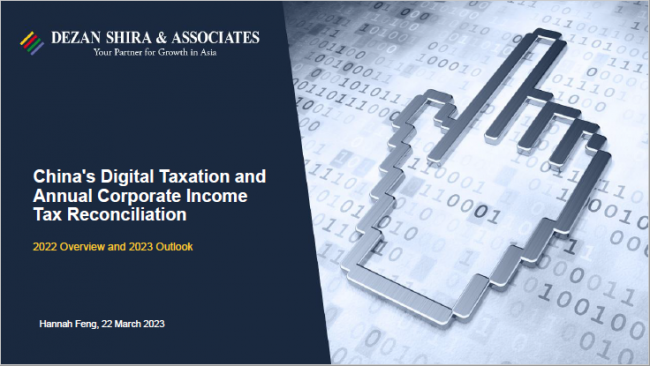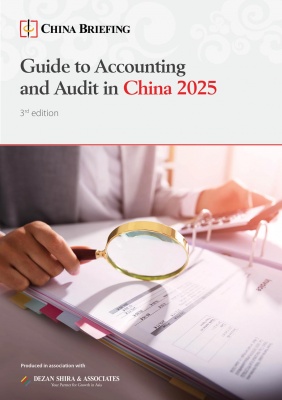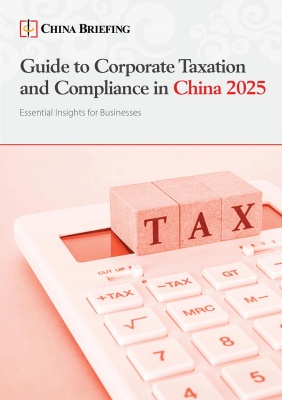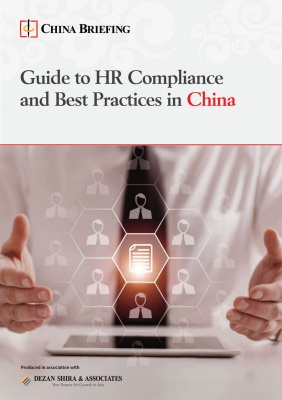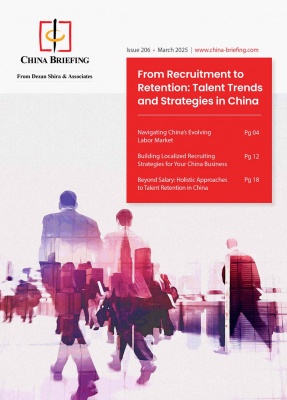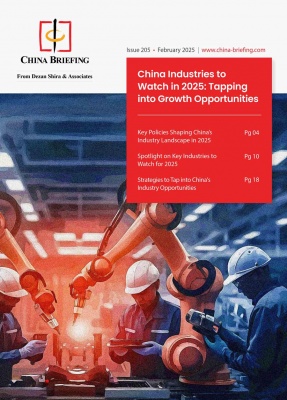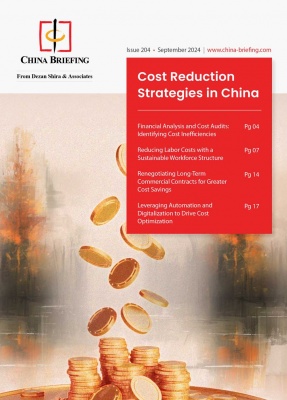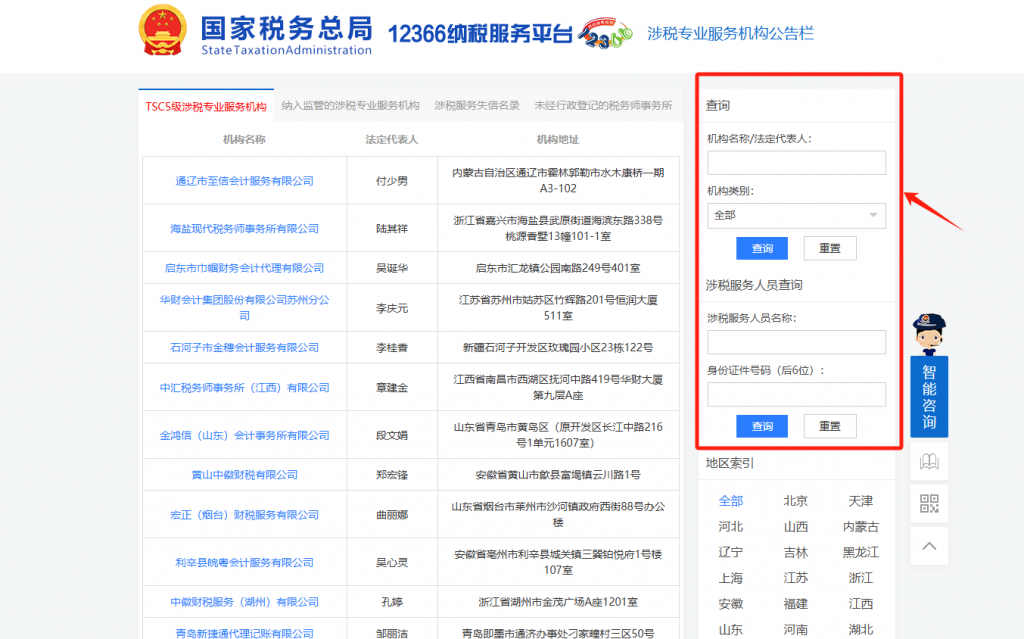Selecting Compliant Providers: Understanding China’s 2025 Tax Service Regulations
China’s new 2025 regulations on tax-related professional services introduce a credit scoring and intelligent supervision system. Learn how foreign enterprises can benefit from these changes by choosing high-credit service providers and improving tax compliance.
Effective May 1, 2025, the Administrative Tax Service Regulations 2025 on Tax-related Professional Services (for Trial Implementation) (hereinafter referred to as the “Tax Service Regulations 2025”) will come into force, representing a major upgrade to China’s tax service regulatory framework. Centered on the dual pillars of credit management and intelligent supervision, the new regulations introduce a comprehensive system that includes the Tax Service Credit (TSC) grading, a dynamic scoring mechanism, and classified supervision—creating a closed-loop regulatory model that covers the full cycle of professional tax service activities.
This system is the result of a years-long policy evolution:
- 2017: The initial Measures on Regulation of Professional Tax-related Services (Trial Implementation) were released by the State Taxation Administration (STA), defining the scope of services, requiring real-name registration, and implementing basic credit evaluation. However, enforcement remained limited due to the lower legal authority of the regulation.
- 2019: The STA Announcement [2019] No.43 optimized credit scoring rules, streamlined reporting procedures, and reduced industry compliance burdens—laying the groundwork for future enhancements.
- 2023: The Basic Standards for Tax-related Professional Services (Trial Implementation) and the Code of Professional Ethics for Tax-related Professional Services (Trial Implementation) were published, further standardizing service processes and strengthening industry self-regulation, thereby providing a solid operational foundation for the credit management system.
Through this progression, China’s tax service regulations have gradually evolved from a basic oversight framework to a refined, intelligent, and legally elevated system. The 2025 Tax Service Regulations institutionalize dynamic credit management, establish clear service classifications (general vs. specific services), and implement real-time monitoring via credit codes—highlighting a clear trajectory toward regulatory precision, transparency, and risk-based supervision.
In this article, we introduce the key point of China’s Tax Service Regulations 2025 and explore how foreign enterprises can navigate the TSC credit code system, select compliant providers, and enhance tax risk management in China.
Core Changes under China’s Tax Service Regulations 2025
The new regulations focus on credit management and intelligent supervision, bringing the following key changes:
Dynamic credit management
TSC credit code:
Under the new system, each tax-related institution and practitioner will be assigned a unique credit QR code. By scanning this code, users can view the real-time credit level (TSC5 to TSC1), historical scores, and any records of misconduct. The system uses color-coded indicators and score levels to clearly distinguish between different tax service providers, offering a transparent and convenient tool for users to make informed choices. This innovation enhances market standardization and supports healthy industry development.
The credit rating system categorizes tax service providers into five tiers:
| Credit Score of Tax-related Professional Service Institutions | |
| Score | TSC Level |
| 400 points and above (inclusive) | TSC 5 |
| 300 points and above (inclusive) but less than 400 points | TSC 4 |
| 200 points and above (inclusive) but less than 300 points | TSC 3 |
| 100 points and above (inclusive) but less than 200 points | TSC 2 |
| Less than 100 points | TSC 1 |
Scoring dimensions:
The TSC score is calculated based on nine key indicators, focusing on areas such as service quality, real-name registration compliance, client credit performance, and tax authority evaluations. Scores are updated monthly and reset annually, with a maximum of 500 points.
The breakdown is as follows:
| Scoring Dimensions | ||
| Category | Indicator | Score |
| 01 | Previous credit evaluation performance | 100 |
| 02 | Trustee (client) tax credit | 20 |
| 03 | Taxpayer and tax authority evaluation | 50 |
| 04 | Real-name tax filing compliance | 90 |
| 05 | Business scale | 20 |
| 06 | Service quality | 120 |
| 07 | Business information accuracy | 50 |
| 08 | Industry self-discipline | 30 |
| 09 | Personnel credit record | 20 |
| Total | 500 | |
Strengthened classified supervision
The Tax Service Regulations 2025 classify tax-related professional services into two categories:
- General tax services – these include routine offerings such as tax declarations, tax consultations, and other day-to-day compliance activities.
- Specific tax services – these refer to professional tasks such as tax authentication, audits, and other specialized matters typically required or commissioned by tax authorities or regulatory bodies. They involve the issuance of formal appraisal reports on specific tax issues.
Institutions providing specific services must meet additional qualifications. Only tax agent firms or accounting firms that have undergone registration and reporting with the tax bureau are authorized to deliver these services. This requirement ensures that higher-risk services are carried out by qualified, compliant providers.
Closed-loop risk management
Business traceability mechanism:
The Tax Service Regulations 2025 establish clear expectations for regulatory inspections by tax authorities. These include detailed provisions on the scope, frequency, and format of inspections, as well as procedures for addressing inspection outcomes.
Tax-related service providers are required to retain complete and verifiable work papers for all specific services rendered. These records must be made available for inspection, ensuring a high level of accountability and traceability. The new approach brings tax service institutions in line with professional management practices applied to accounting and tax agent firms, thereby enhancing standardization and regulatory compliance.
Joint enforcement and penalties
Beyond routine credit deductions and warnings, the Tax Service Regulations 2025 introduce multi-level disciplinary
Joint enforcement and penalties
Beyond routine credit deductions and warnings, the Tax Service Regulations 2025 introduce multi-level disciplinary mechanisms. For serious or relatively serious violations, consequences may include:
- Public disclosure of offenses
- Downgrading of TSC credit levels
- Inclusion on key monitoring lists
- Mandatory corrective interviews with tax authorities
- Revocation of business licenses by market regulators
- Disqualification by relevant professional associations
In addition, institutions may face monetary fines and legal liabilities under applicable laws. These joint enforcement provisions aim to deter misconduct, reinforce professional standards, and build a safer, more transparent tax services market.
How to check your tax service provider’s credit rating
Empowered by the tax service regulations developments, tax authorities have enabled several official inquiry channels and tools to assist enterprises in identifying compliant and high-quality tax service providers:
Official tax bureau website
Visit the “Tax Services – Publicity of Tax-related Professional Service Institutions” section to access verified information, including credit levels and qualification status of registered institutions.
Credit code scanning
Enterprises can scan a service provider’s TSC credit QR code to instantly view real-time credit ratings, historical scores, and compliance records. This offers a quick and transparent method for assessing credibility.
Other official platforms
Information is also accessible via:
- The Electronic Tax Bureau(电子税务局)
- The Individual Income Tax App (个人所得税app)
Inquiry results
The inquiry results typically include detailed data such as:
- Service provider name
- TSC credit score
- Legal representative
- Registered address
- Number of employees
- Number of client entities and individuals served in the current year
- Year of establishment
These insights enable enterprises to evaluate providers based on both creditworthiness and operational capacity, streamlining the selection process and mitigating tax compliance risks.
Best practices for managing tax service provider relationships
To ensure tax compliance and mitigate risk, enterprises should pay close attention to the following operational practices when engaging with tax-related professional service providers:
Provider selection and credit monitoring
When selecting a provider, it is important to match the service scope with the provider’s capabilities. For general tax services, such as tax filing and consultation, enterprises should choose institutions with a TSC3 credit level or above. For more complex matters, such as cross-border tax planning or services involving regulatory reporting, providers with a TSC4 rating and specific qualifications should be prioritized. In addition, enterprises are advised to monitor the credit ratings of their chosen providers regularly. Changes in a provider’s TSC level may indicate emerging risks that could negatively impact the enterprise’s own compliance status.
Ongoing management and risk control
In terms of ongoing management, companies should formalize the working relationship by signing written agreements that clearly outline the responsibilities and rights of both parties. These agreements should also be reported to the tax authorities in accordance with regulatory requirements. To avoid potential disputes and ensure accountability, enterprises should require service providers to submit complete work papers and tax documentation. These materials not only serve as important references in case of compliance checks but also help establish clear lines of responsibility, thereby minimizing exposure to legal and financial liabilities.
Conclusion
The 2025 Tax Service Regulations represent not only a regulatory upgrade but also a strategic opportunity for enterprises to strengthen their tax compliance practices. By centering on the credit code and dynamic supervision system, the new framework offers greater transparency and more intelligent tools to support the selection of qualified service providers in China. For foreign enterprises, choosing providers with higher credit ratings—such as those classified as TSC4 or TSC5—can significantly reduce the risk of tax disputes resulting from agency errors and enhance overall compliance.
The credit code system simplifies the process of evaluating service providers, allowing enterprises to make quicker, more informed decisions while reducing time and administrative costs. To build a strong compliance foundation, it is advisable for companies to assess providers holistically considering their TSC level, specific qualifications, and alignment with business needs. Establishing a routine review mechanism will further ensure that compliance standards are upheld over time.
About Us
China Briefing is one of five regional Asia Briefing publications, supported by Dezan Shira & Associates. For a complimentary subscription to China Briefing’s content products, please click here.
Dezan Shira & Associates assists foreign investors into China and has done so since 1992 through offices in Beijing, Tianjin, Dalian, Qingdao, Shanghai, Hangzhou, Ningbo, Suzhou, Guangzhou, Haikou, Zhongshan, Shenzhen, and Hong Kong. We also have offices in Vietnam, Indonesia, Singapore, United States, Germany, Italy, India, and Dubai (UAE) and partner firms assisting foreign investors in The Philippines, Malaysia, Thailand, Bangladesh, and Australia. For assistance in China, please contact the firm at china@dezshira.com or visit our website at www.dezshira.com.
- Previous Article Trump Raises Tariffs on China to 145% – Overview and Trade Implications
- Next Article US-China Relations in the Trump 2.0 Era: A Timeline







